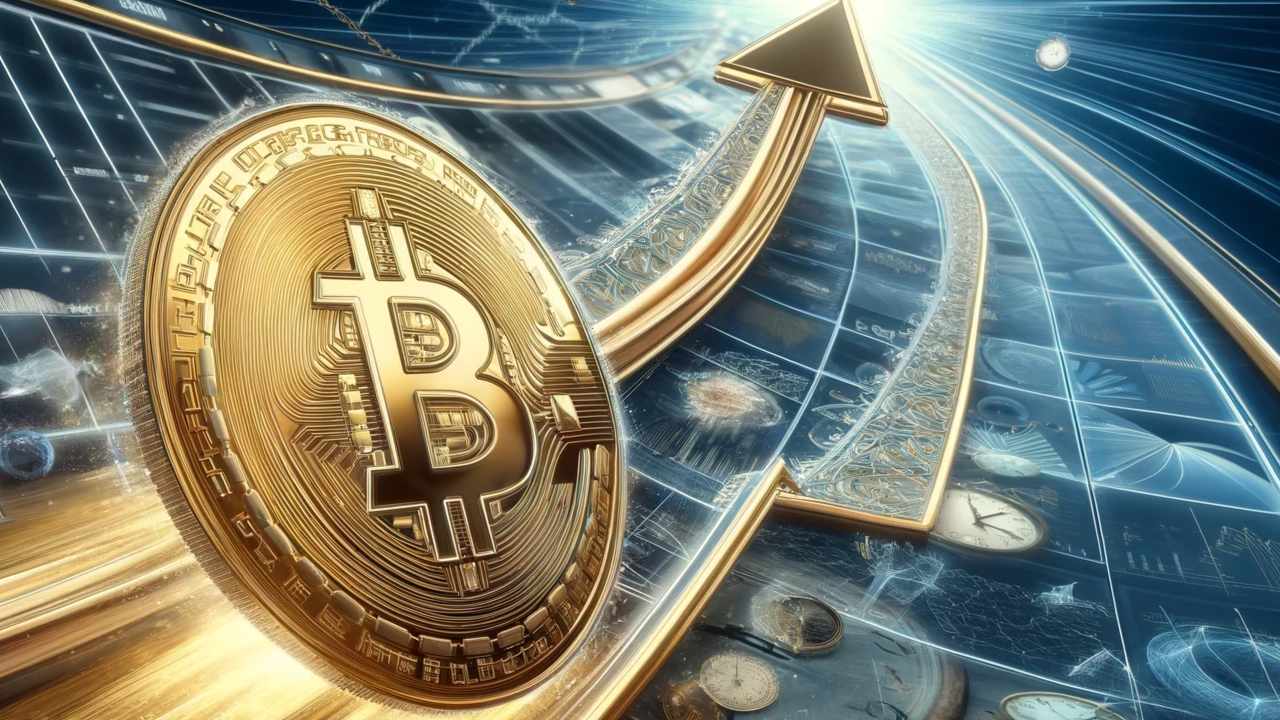The global financial landscape is increasingly characterized by mounting debt levels, with governments, corporations, and consumers collectively amassing trillions in liabilities. The International Monetary Fund (IMF) estimates that global debt reached $315 trillion in 2023, a figure that surpasses the entire global GDP. This unprecedented debt accumulation has sparked concerns about a potential debt bubble, with economists and financial experts warning of a looming crisis that could trigger a systemic collapse. Amid these fears, Robert Kiyosaki, the renowned author of *Rich Dad Poor Dad*, has emerged as a vocal advocate for alternative assets, particularly Bitcoin, gold, and silver, as essential hedges against this impending financial upheaval.
Kiyosaki’s perspective is rooted in the belief that traditional financial instruments, such as fiat currencies and government bonds, are inherently vulnerable in an environment of escalating debt and monetary instability. He argues that central banks’ reliance on quantitative easing and low-interest-rate policies has artificially inflated asset prices while eroding the purchasing power of fiat currencies. In this context, Kiyosaki contends that investors must seek refuge in assets that are scarce, decentralized, and resistant to inflationary pressures. Bitcoin, with its fixed supply of 21 million coins, embodies these qualities, making it a compelling candidate for wealth preservation in turbulent times.
The Role of Bitcoin in a Debt-Driven Economy
Bitcoin’s unique characteristics—decentralization, scarcity, and censorship resistance—position it as a formidable hedge against the debasement of fiat currencies. Unlike traditional assets, Bitcoin is not subject to the whims of central banks or governments, making it an attractive option for investors seeking to insulate their wealth from monetary policy interventions. Kiyosaki’s bullish stance on Bitcoin is not merely speculative; it is grounded in the cryptocurrency’s fundamental properties. The halving events, which occur approximately every four years, reduce the supply of new Bitcoins entering circulation, further enhancing its scarcity and potential for long-term appreciation.
Moreover, Bitcoin’s adoption by institutional investors and corporations has lent credibility to its status as a store of value. Companies like MicroStrategy and Tesla have allocated significant portions of their treasuries to Bitcoin, signaling a growing recognition of its role in diversified investment portfolios. Kiyosaki’s advocacy for Bitcoin aligns with this trend, as he encourages investors to view the cryptocurrency not as a speculative asset but as a strategic hedge against economic instability.
Gold and Silver: Time-Tested Safe Havens
While Bitcoin represents a modern approach to wealth preservation, Kiyosaki also emphasizes the enduring value of gold and silver. These precious metals have historically served as reliable stores of value during periods of economic turmoil, and their physical nature provides a tangible hedge against inflation. The World Gold Council reports that global central banks have been net buyers of gold for over a decade, underscoring its role as a reserve asset in times of uncertainty.
Silver, though often overshadowed by gold, offers unique advantages as an industrial metal with applications in technology and renewable energy. Its dual role as both a monetary and industrial asset enhances its resilience in volatile markets. Kiyosaki’s recommendation to include gold and silver in investment portfolios reflects a balanced approach to wealth preservation, combining the stability of traditional safe havens with the innovative potential of digital assets.
Kiyosaki’s Price Predictions and Investment Strategy
Kiyosaki’s forecasts for Bitcoin are ambitious, with projections of the cryptocurrency reaching $200,000 by 2025 and potentially $1 million by 2030. These predictions are not based on mere speculation but on the underlying principles of scarcity and adoption. As Bitcoin’s supply becomes increasingly constrained and demand continues to grow, Kiyosaki argues that its price will inevitably rise. He advises investors to “buy the dip,” capitalizing on market corrections to accumulate Bitcoin at lower prices.
However, Kiyosaki’s strategy extends beyond price appreciation. He emphasizes the importance of holding Bitcoin, gold, and silver as a means of preserving wealth in the event of a financial collapse. In his view, those who fail to diversify into these assets risk significant losses as fiat currencies and traditional investments lose value. This perspective underscores the urgency of proactive wealth management in an era of unprecedented debt and monetary instability.
Navigating the Risks and Criticisms
While Kiyosaki’s arguments are compelling, they are not without criticism. Skeptics point to Bitcoin’s volatility and regulatory uncertainties as significant risks for investors. The cryptocurrency market is known for its dramatic price swings, which can be unsettling for those unaccustomed to such volatility. Additionally, regulatory developments, such as potential restrictions on cryptocurrency trading or taxation policies, could impact Bitcoin’s long-term viability as an investment.
Furthermore, some economists argue that the global debt crisis may not unfold as dramatically as Kiyosaki predicts. Innovative policy measures, such as debt restructuring or economic stimulus programs, could mitigate the worst-case scenarios. Nevertheless, Kiyosaki’s warnings serve as a valuable reminder of the importance of diversification and risk management in investment strategies.
Conclusion: A Call to Action for Investors
Robert Kiyosaki’s advocacy for Bitcoin, gold, and silver in the face of a looming global debt crisis offers a provocative yet insightful perspective on wealth preservation. His arguments highlight the vulnerabilities of traditional financial instruments and the potential of alternative assets to safeguard wealth in uncertain times. While his price predictions may be ambitious, the underlying principles of scarcity, decentralization, and diversification remain sound.
As investors grapple with the challenges of a debt-laden global economy, Kiyosaki’s message is clear: proactive preparation and strategic asset allocation are essential for navigating the turbulent financial landscape ahead. Whether one fully embraces his predictions or adopts a more cautious approach, the core lesson is undeniable—diversifying into tangible and decentralized assets may provide a vital safeguard against the uncertainties of the future.











